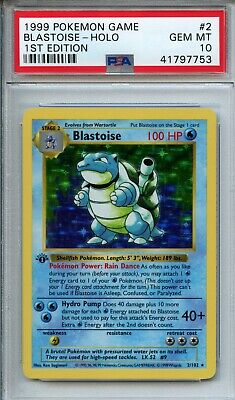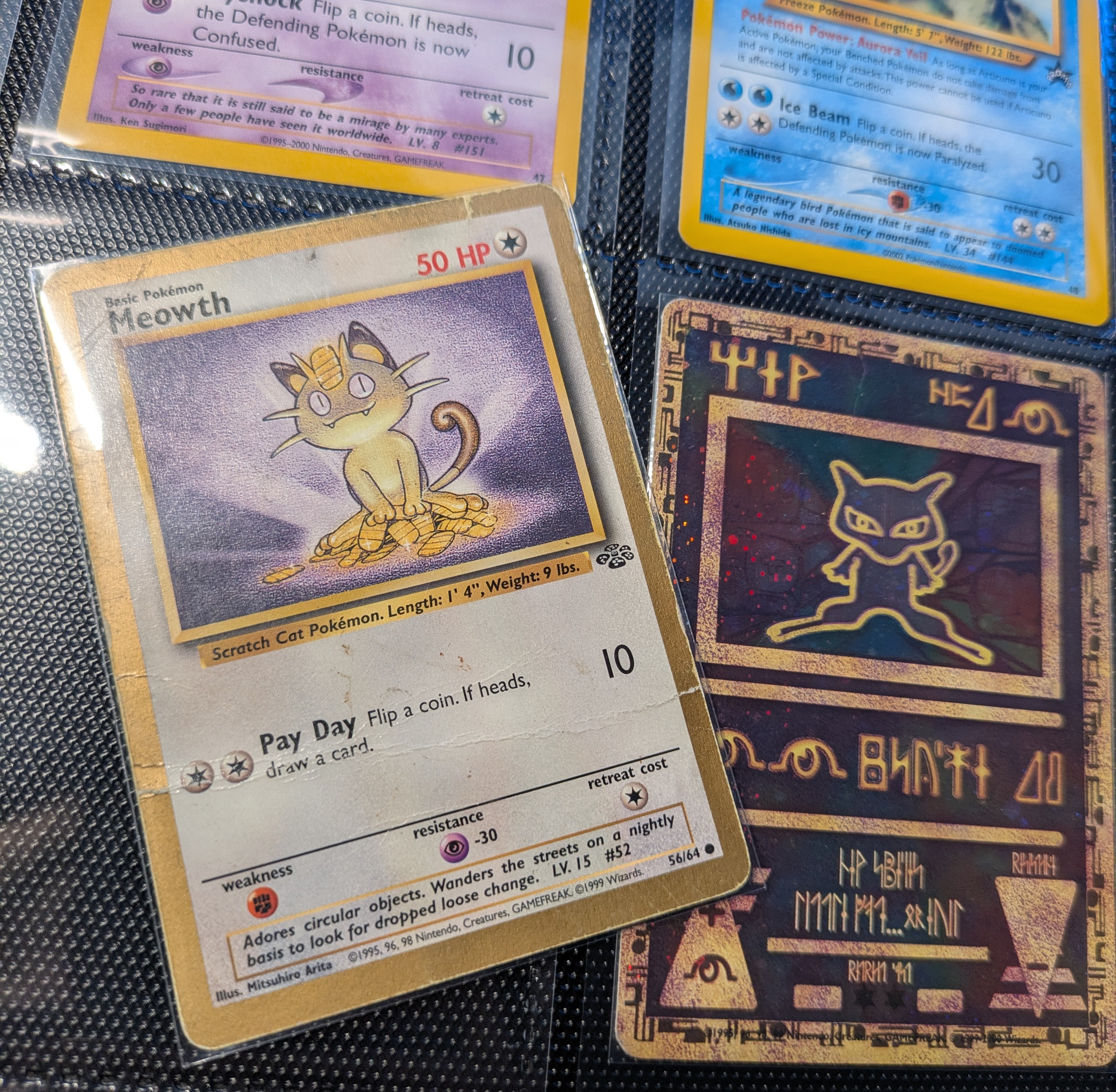Card Collecting: Graded Cards Are Lame
My possibly not that controversial opinion on graded cards
As a relatively simple/small-scale Pokemon card collector - I understand the thrill of the hunt. The satisfaction of pulling a rare card, the fun of getting a card in the mail from eBay, the joy you feel when you complete a set, the careful and considerate organization of the collection - it’s a fun and oddly rewarding hobby. However, there’s a trend in the card collecting world that frankly baffles me: card grading.
For the uninitiated, card grading involves sending a card to a third-party company, like PSA, Beckett, or TAG. These companies supposedly meticulously examine the card for flaws – centering, corners, edges, surface, and print quality – and assign it a numerical grade, typically on a scale of 1 to 10. This graded card is then sealed in a rigid, bulky, plastic holder known as a “slab,” complete with the grading company’s branding. And here’s where my confusion truly begins. Why do so many people encase their card in what amounts to a plastic tomb? Let’s delve into the downsides, shall we?

First, the sheer size of these slabs is ridiculous. What was once a sleek, thin, easily storable piece of cardboard now occupies significantly more space. Quite literally your card gets about 600% thicker, and significantly taller/wider too. Forget neatly fitting your collection into concise easy to look at binders. To me, it’s like putting your favorite stamp from the collection in a big plastic VHS case.
Then there’s the handling aspect. One of the simple pleasures of collecting is being able to carefully look at your cards, to appreciate the artwork and the details. With a graded card, you’re separated from the actual item by a thick layer of plastic. It feels distant, untouchable. Sure, it protects the card very, very well, but the tactile connection to your collection is lost, replaced by the impersonal feel of the slab. Let’s not forget the visual intrusion of the grading company’s branding plastered across the top of the slab, pulling the eye away from the very artwork that makes the card appealing in the first place.
Then there’s the cost. The grading process itself isn’t cheap. You pay a fee to have your card evaluated, and that’s before factoring in shipping costs both ways and potential insurance. For many collectors, especially those with larger collections, the expense of grading every valuable card can quickly become prohibitive. Why Would I spend money on grading when I can spend that money on more cards to grow my collection?
Perhaps the most perplexing aspect of the graded card phenomenon is the supposed increase in value. While it’s true that a high grade can sometimes fetch a higher price on the secondary market, especially for the white-whale cards like a 1st Ed. Charizard, generally grading on cards out of the obvious “top 10” for a given card “set” feels super artificial and driven by monetary speculation alone.
At the end of the day, the card itself hasn’t fundamentally changed; it’s just been judged and sealed. It creates a system where the perceived value is tied to a third-party’s opinion and a plastic shell, rather than the inherent rarity or desirability of the card itself. Adding to the absurdity, the subjective nature of the grading process means a card deemed an 8 by one company might inexplicably receive a 9 or even a 10 from another, leading to the bizarre practice of ‘cracking slabs’ and resubmitting/cleaning cards up under microscopes in hopes of a more favorable, and often inconsistent, evaluation.
Furthermore, this obsession with slabbing and grading injects a very adult, financially driven perspective into a hobby traditionally enjoyed by children, artificially inflating card values and creating a barrier to entry for new, younger collectors who are often priced out by the speculative market that prioritizes monetary investment over the simple joy of collecting and playing.
Personally, I find a certain charm in cards that bear the marks and war scars of their journey – a slight ding or a soft crease tells a story, connecting me to the excitement of opening that card decades ago as a child; that little imperfection I personally caused so long ago holds a kind of special nostalgic and sentimental value that no pristine, graded slab could ever replicate. Pokemon is a Japanese invention, so let’s call it a certain wabi-sabi that these used cards have?
 I probably bent these cards when I was 6, and that makes them cooler to me than a PSA 10
I probably bent these cards when I was 6, and that makes them cooler to me than a PSA 10
For me, the joy of collecting lies in the physical connection to my cards. The only protection the card really needs is a nice card sleeve and placement in a quality ring-less side-loaded binder (VaultX, CardGuard, etc.). Binders, in my opinion, offer plenty of protection for 99% of cards, and allows for easy viewing and easy re-organization. Each page can tell a story, or a journey as you collect. None of the slab bulk needed.
So, while the allure of a “perfect 10” encased in plastic might appeal to some, I’ll stick to the simple satisfaction of a well-maintained binder. It’s a more personal, practical, and ultimately, more enjoyable way to celebrate the cards we love. Embrace the binder – the unsung hero of sensible, sometimes less-than-perfect, card collecting.
